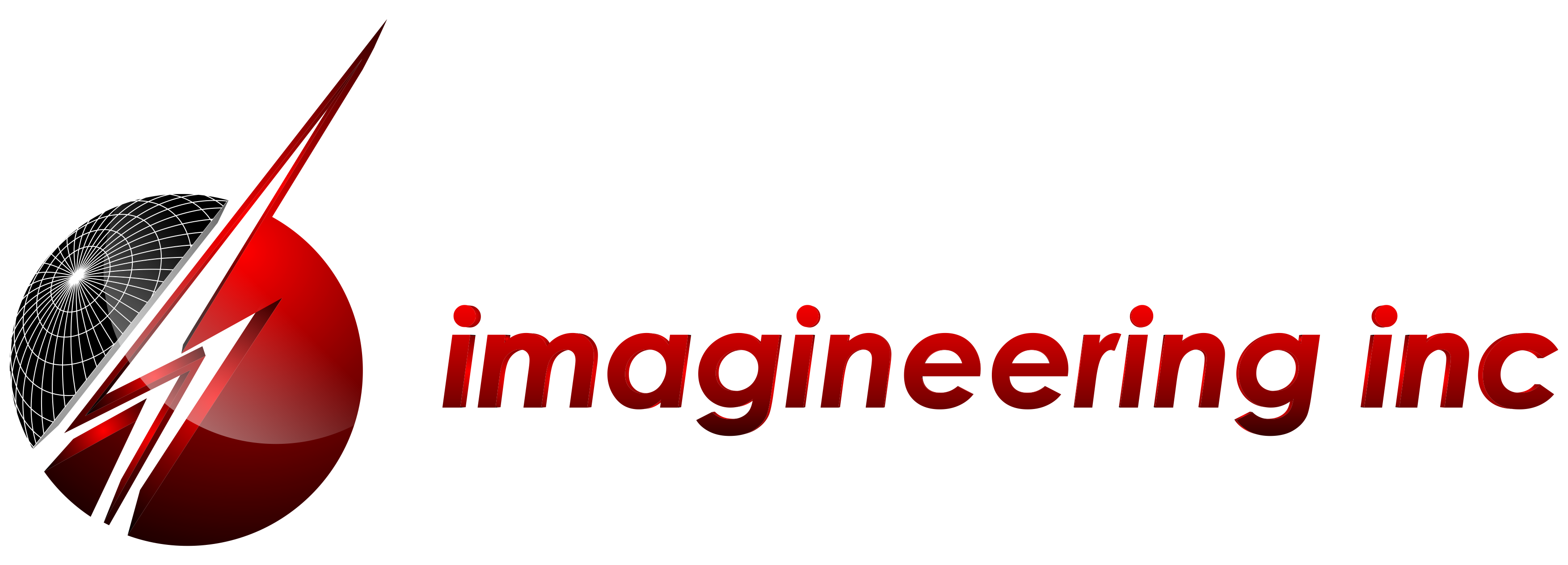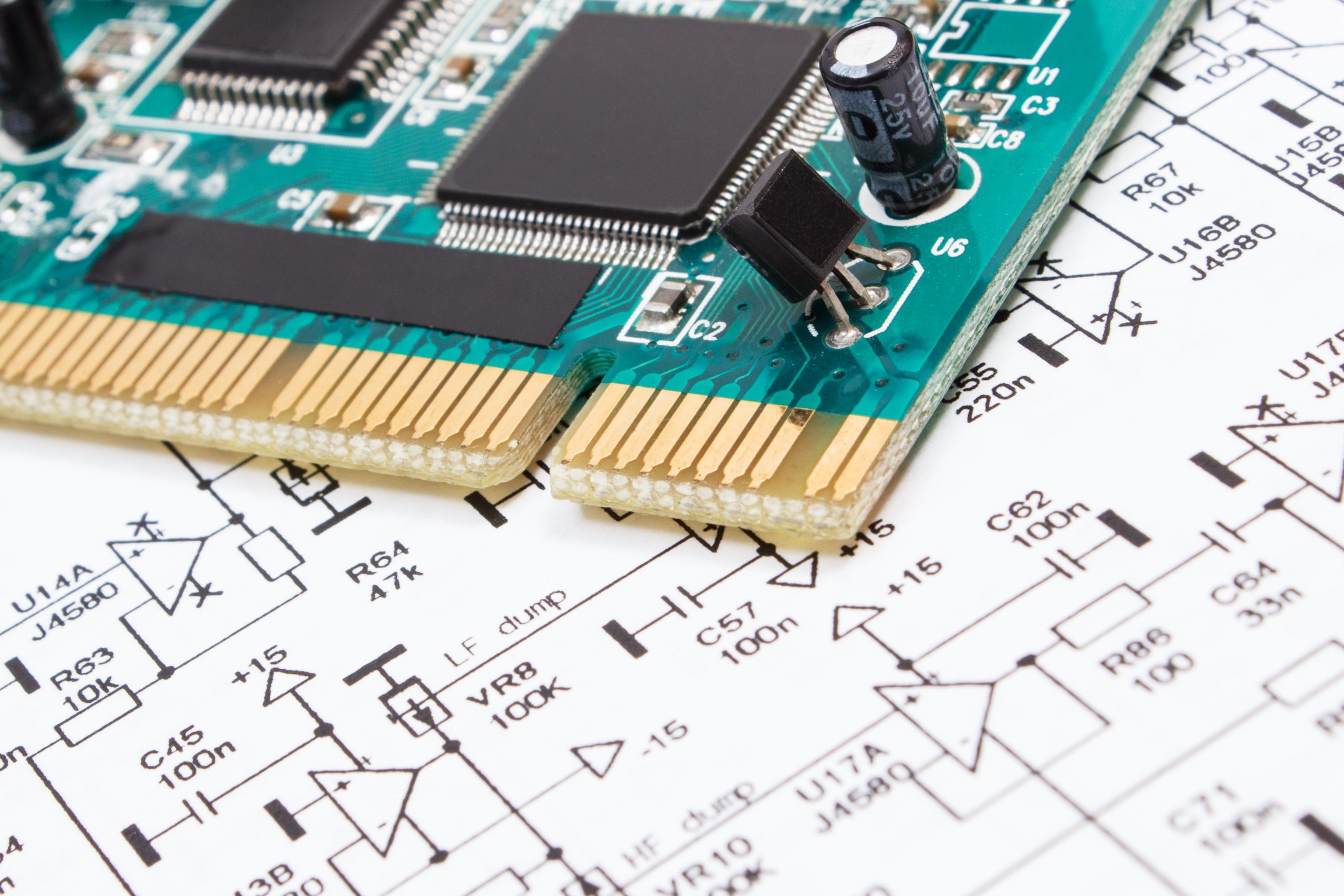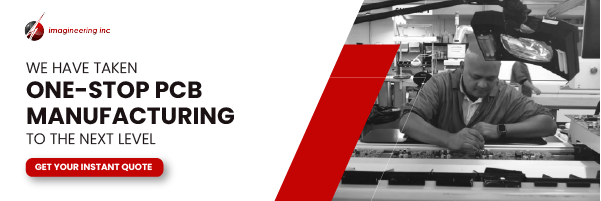Printed Circuit Board (PCB) design software is a great way for engineers to increase productivity while reducing the risk of error during product design. Designing with manual methods is time-consuming and requires resources, but software can streamline this process by automating and performing many of its steps more accurately.
Many commercial solutions are currently available, creating a challenge when selecting the best PCB design software for your needs. The following seven products offer some of the most desirable features, and capabilities engineers need to design a product.
3 Reasons to Use PCB Design Software
PCB design software significantly reduces waste compared to manual methods, but the amount of waste reduction varies according to design complexity, designer skill, and project size. The biggest reasons for using PCB design software include improved efficiency, increased precision, and cost savings.
- Improved Efficiency
- Waste is particularly common when designing a product from scratch because you need to consider the placement of components from the beginning of this process. However, when leveraging a pcb software, you can improve efficiency by starting with pre-made templates based on your design requirements.
- Increased Precision
- Manual methods often need proof, which lends itself to human error. PCB softwares includes features like 3D visualization, which allows you to view a design from any angle and zoom in and out. The ability to view a design holistically makes it easier to detect errors.
- Cost Savings
- PCB design involves many steps requiring materials, money, and time. Changing a design is particularly costly because it not only requires additional resources but it also means the effort required to create the original design was wasted. PCB design software is more cost-effective than manual methods because it allows you to modify and tweak your design without leveraging physical materials through various iterations.
Applications of PCB Design Software
PCB design software can improve the layout of a PCB in multiple ways, including component alignment, rule checking, and trace routing. Anyone looking to become more efficient, improve design, increase precision, or save money should adopt PCB design software for their circuit board projects. While anyone can use various softwares for their projects, PCB design software is most commonly used by engineers, entrepreneurs, and hobbyists.
Some of the most common applications of PCB design software include detecting faulty components and creating PBCs with multiple layers. Catching faulty components is crucial for minimizing signal interference between components. This use case benefits from the ability to visualize components in three dimensions, allowing users to detect and fix problems earlier in the design process.
As a result, design problems are less likely to make it into production when they’re far more costly to fix. Creating PCBs with multiple layers requires you to visualize their layer structure, which prevents a component in one layer from causing problems in another layer.
The features of PCB design software vary greatly, making it essential to understand their differences when identifying the best solution for your application.
1. OrCad
OrCAD Corporation first released OrCAD in 1985. This company is based in Beaverton, Oregon, although it’s currently owned by Cadence Design Systems (CDS), which is based in San Jose, California. CDS is a global electronics design and engineering firm that provides automation software and engineering services.
Who Uses OrCad?
The primary users of OrCAD include engineers who need a tool for capturing and simulating the schematics of an electronic circuit. It also includes a wide range of tools for designing and prototyping PCBs.
How Can My Company Use OrCad?
The solutions that OrCAD is designed to solve include the following:
- 3D Visualization
- Circuit optimization
- Design reuse
- Design reliability
- Flexible electronics
- Layout
- Manufacturing
- Signal integrity analysis
- Routing
What are the Potential Drawbacks of OrCad?
OrCAD is widely used and respected, but it has some drawbacks for printed circuit board assembly (PCBA).
For example, OrCAD’s analysis and simulation tools aren’t as advanced as some PCB design solutions, so it may not be the best option for high-speed designs. This limitation makes it more challenging to design PCBs with high performance and signal integrity requirements. OrCAD also has a steep learning curve due to this software suite’s complexity. Furthermore, it’s a professional-grade product, so it’s expensive to acquire and maintain.
Is OrCad the Right Fit for My Company?
G2 scores OrCAD a 4.2 out of 5. You’ll need extensive research to determine which PCB design software suits you. This is large because PCB design is a complex process that requires solutions to have many features and capabilities.
2. Altium Designer
Nick Martin, an Australian electronics designer, founded Altium in 1985. Altium Designer is its flagship product, which is an electronic design automation (EDA) software suite. It includes features for performing 3D modeling, design-rule checking, PCB layout, and schematic capture.
Who Uses Altium Designer?
Potential users for Altium Designer include professionals in electronics design, such as electronic engineers, PCB designers, and product designers.
How Can My Company Use Altium Designer?
Altium Designer provides a unified design environment for conducting all aspects of the design process. This integration allows designers to work more efficiently, thus improving design quality. Altium 365 is a cloud-based version of this solution that unites functions like data management, mechanical computer-aided design (MCAD), and PCB design. Accessing all these functions from a single program is Altium Designer’s most significant advantage over KiCAD.
Specific problems that Altium Designer was created to solve include collaboration, simulation and analysis, and manufacturing. For example, it allows collaboration with other designers by storing all files in a centralized location. Altium also performs simulations and analysis, allowing it to create 3D, photorealistic environments. Manufacturing applications of Altium include component location and trace routing.
What are the Potential Drawbacks of Altium Designer?
The system requirements of Altium Designer are its biggest drawback, as it requires a large amount of memory and processing power to run well. This disadvantage will be particularly acute for users working with less powerful computers.
The cost will also be a barrier for some users, as it requires a significant investment that could be prohibitive for small firms or independent designers. Furthermore, Altium is a complex suite requiring a steep learning curve to use effectively.
Is Altium Designer Right for My Company?
G2 rates Altium Designer a 4.5 out of 5. This solution requires extensive research to ensure it’s the best solution for your application. In particular, you’ll need to perform significant real-world testing with actual designs to determine if your computer provides the needed performance.
3. EAGLE
CadSoft Computer first released EAGLE PCB Design in 1988, quickly gaining popularity. Autodesk acquired CadSoft Computer in 2016, bringing EAGLE under the Autodesk umbrella of software. Since then, Autodesk has continued to develop EAGLE by adding new features and capabilities.
Who Uses EAGLE?
EAGLE’s varied user base includes hobbyists, small to medium-sized enterprises (SMEs), educational institutions, and professional electronics design firms. It’s particularly popular among hobbyists, who primarily use it to create schematics due to its rapid prototyping capability. SMEs also like EAGLE for creating schematics, part sizes, and pinouts libraries. Educational institutions often select EAGLE for its ease of use when teaching circuit design. Professional electronics design firms typically select EAGLE for its large user community.
How Can My Company Use EAGLE?
EAGLE is best-known for its capabilities in the following areas:
- User-friendly interface
- Schematic capture
- PCB layout design
- Component libraries
- Integration with other tools
- Customization
Its interface is easier to work with than many competing solutions, which is especially helpful for users with non-technical backgrounds. EAGLE’s schematic capture function is highly popular among users, primarily because of its large hobbyist base. The layout editor allows annotations back to the schematic based on the defined connections.
Component and schematic libraries for EAGLE are readily available for download. EAGLE is also easily integrated with other PCB design tools, and its interface is customizable.
What are the Potential Drawbacks of EAGLE?
Eagle is a powerful software suite, but users must also know its limitations. The cost of EAGLE can be a disadvantage for some users since it’s only available as a bundled item with an Autodesk Fusion 360 subscription as of January 2020. In addition, EAGLE’s interface exhibits non-intuitive behavior, making it difficult to understand how it functions simply by using it. As a result, it will have a steep learning curve for some users.
Is EAGLE the Right Fit for My Company?
G2 scores EAGLE a 4 out of 5. Users who want to use the professional version of EAGLE need to carefully consider whether they can afford the cost of an Autodesk Fusion 360 subscription. They also need to test the interface thoroughly to ensure they like it.
4. DipTrace
DipTrace was first released in 2004 and continues to receive regular updates. The current version as of July 2021 is DipTrace 4.2.
Who Uses DipTrace?
Engineers and designers will prefer DipTrace for its PCB layout editor. Hobbyists and DIY enthusiasts who don’t use this solution to earn a profit can request a free upgrade to the Lite package.
Educational institutions will find DipTrace’s large user community particularly helpful for teaching their students, and SMEs will value its ability to export libraries in STEP and VRML 2.0 formats.
How Can My Company Use DipTrace?
DipTrace provides strong customer support based on online communication channels. It also has an intuitive interface that’s easier to learn than competitors. DipTrace is a strong choice for users on a limited budget since a paid subscription is only $75 per month. Compatibility is another capability that will attract users since they can easily exchange data with other PCB design solutions.
What are the Potential Drawbacks of DipTrace?
The drawbacks of DipTrace include its limited third-party integration and simulation capabilities. For example, it doesn’t integrate with applications like Facebook, Excel, or Twitter. In addition, none of DipTrace’s modules are specifically designed to simulate electronic circuits.
Is DipTrace the Right Fit for My Company?
G2 scores DipTrace as 4.3 out of 5. Users who want to use DipTrace should consider their use cases, what they can afford, and what level of support they will need to run the program effectively.
5. KiCad
The first stable version of KiCad was released to the public on May 28, 2013, with regular updates. The most recent stable release as of September 2021 was version 5.1.10, released on July 7, 2020.
Who is the User Base of KiCad?
KiCad is open-source software, so it has an active user community. It’s also used for educational projects like teaching students how to solder. SMEs with PCB design as a core competency are most likely to use KiCad. Individual engineers and designers value KiCad for its open-source design and low cost.
Use Cases for KiCad
KiCad is one of the best free PCB design software solutions currently available. It allows users to generate Gerber files, the standard file format for PCB manufacturing. KiCad is also available on Windows, Mac, and Linux, providing wide cross-platform support. In addition, users can easily create complex schematics with KiCad with its wide range of libraries and symbols.
What are the Potential Drawbacks of KiCad?
The inability to easily create a new project from an existing one is one of KiCad’s most significant drawbacks. Users can manually copy a project to a new folder, but this method still creates problems. KiCad also experiences performance issues with large designs, especially with PCB layouts.
Is KiCad the Right Fit for My Company?
G2 scores KiCad 4.5 out of 5. Users with a high degree of technical expertise will gain the greatest benefits from KiCad because of its open-source nature. A high-performance computer with plenty of memory and compute power will also help users get the most out of KiCad.
6. Ansys RedHawk
Apache Design Solutions originally released RedHawk in 2007. ANSYS acquired Apache in 2011 and continues to develop RedHawk.
Who Uses Ansys RedHawk?
The most common users of RedHawk include semiconductor and electronics companies, PCB design houses, and PCB manufacturers. This software is designed for professional engineers with high technical expertise.
How Can My Company Use Ansys RedHawk?
PCB designers often use RedHawk to analyze noise power signoff, which identifies the cause of a voltage drop in a circuit. It also performs thermal analysis for power supply metal and signal interconnects. Furthermore, RedHawk is a cloud-native application designed to execute on thousands of cores, providing low memory requirements for each core.
What are the Potential Drawbacks of Ansys RedHawk?
Ansys provides customer support for RedHawk users but isn’t always available. Users should be prepared to rely on self-help and online resources to resolve their problems. RedHawk is also resource-intensive, requiring high-end computers to use it effectively.
Is Ansys RedHawk the Right Fit for My Company?
G2 scores Ansys Redhawk a 4.5 out of 5. Prospective users should ensure they have the necessary expertise in PCB design when evaluating this solution. They should also consider the limited customer support available for RedHawk before deciding it’s the best PCB software for their needs.
7. Allegro Design Authoring
Cadence Design Systems initially released Allegro Design Manufacturing in 2016. It’s currently in version 22 as of 2022.
Who Uses Allegro Design Authoring?
Allegro Design Authoring is an enterprise-grade PCB design solution intended for use by professional schematic designers and layout engineers, typically while working together.
How Can My Company Use Allegro Design Authoring?
This software allows users to design error-free schematics through three-step error correction. These steps consist of an error notification when saving, a report that describes all errors, such as misplaced components, and a report that compares a new design to an existing schematic.
It also allows the user to design electrical circuits with various components. Additional advantages of Allegro Design Authoring include the capability of designing a complete PCB from a single application.
What are the Potential Drawbacks of Allegro Design Authoring?
The most common user complaints about Allegro Design Authoring involve long load times, especially during heavy usage. Particular bottlenecks in performance include application startup, library symbol creation, and component access.
Is Allegro Design Authoring the Right Fit for My Company?
G2 rates Allegro Design Authoring a 4.3 out of 5. Professional designers will appreciate its ability to reuse previous designs as both blocks and sheets. However, they must also consider the possibility of long load times before choosing this solution.
Conclusion
Are you looking to streamline your PCB design process and save time and resources? PCB design software can help you achieve these goals by allowing you to identify and correct errors in your designs before production.
Choosing the right PCB design software requires significant time and thought due to these solutions’ great variety of advantages and drawbacks. Thankfully, Imagineering Inc is here to help.
As an industry-leading PCB manufacturing and assembly company, Imagineering Inc has years of experience working with a variety of PCB design software solutions and the latest industry technologies. Contact us today to learn more about how we can help you turn your ideas into reality. We offer a wide range of services, including PCB manufacturing and assembly, prototyping, testing, and more.
Let us show you why we’re the go-to PCB manufacturing and assembly company for so many satisfied clients.


